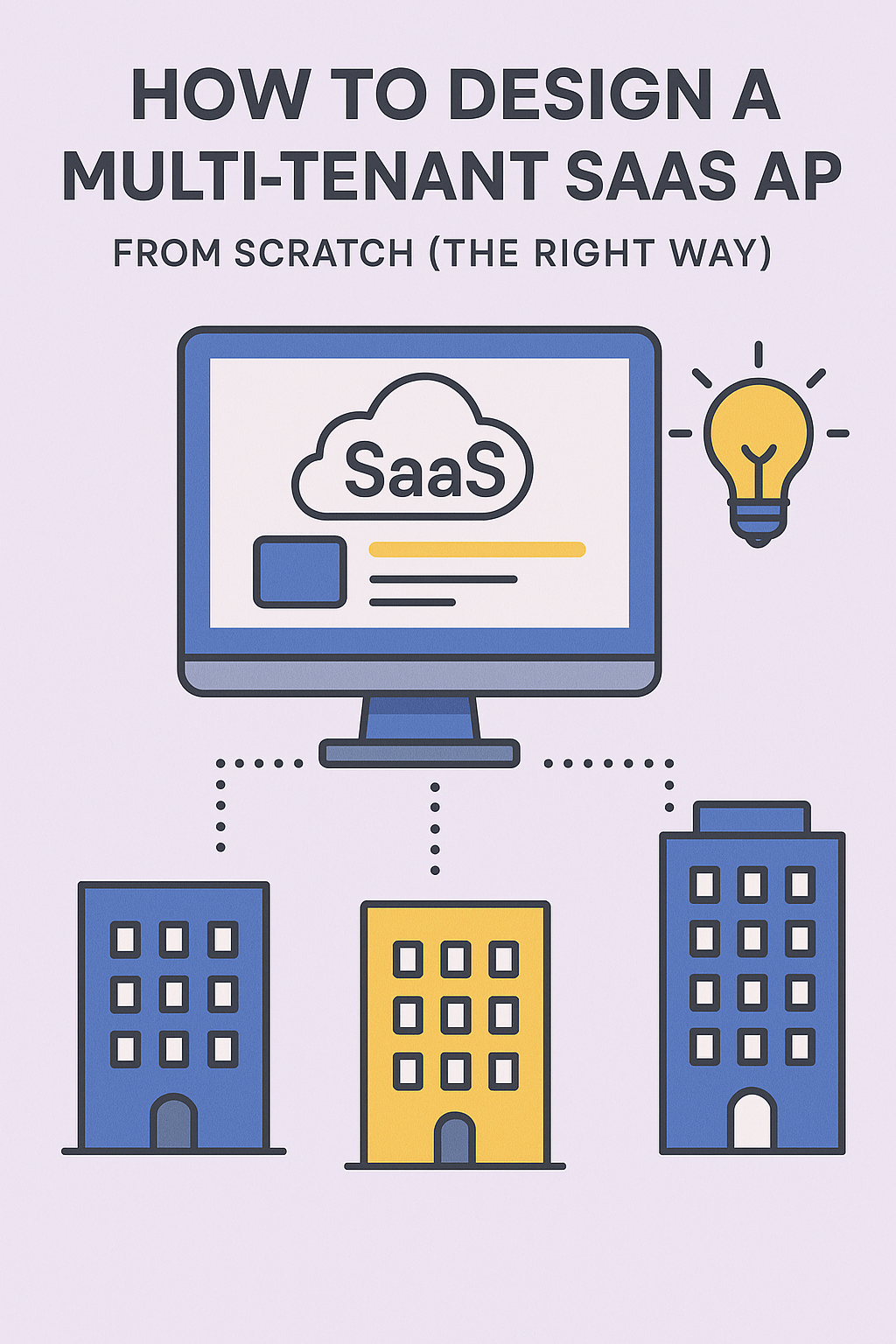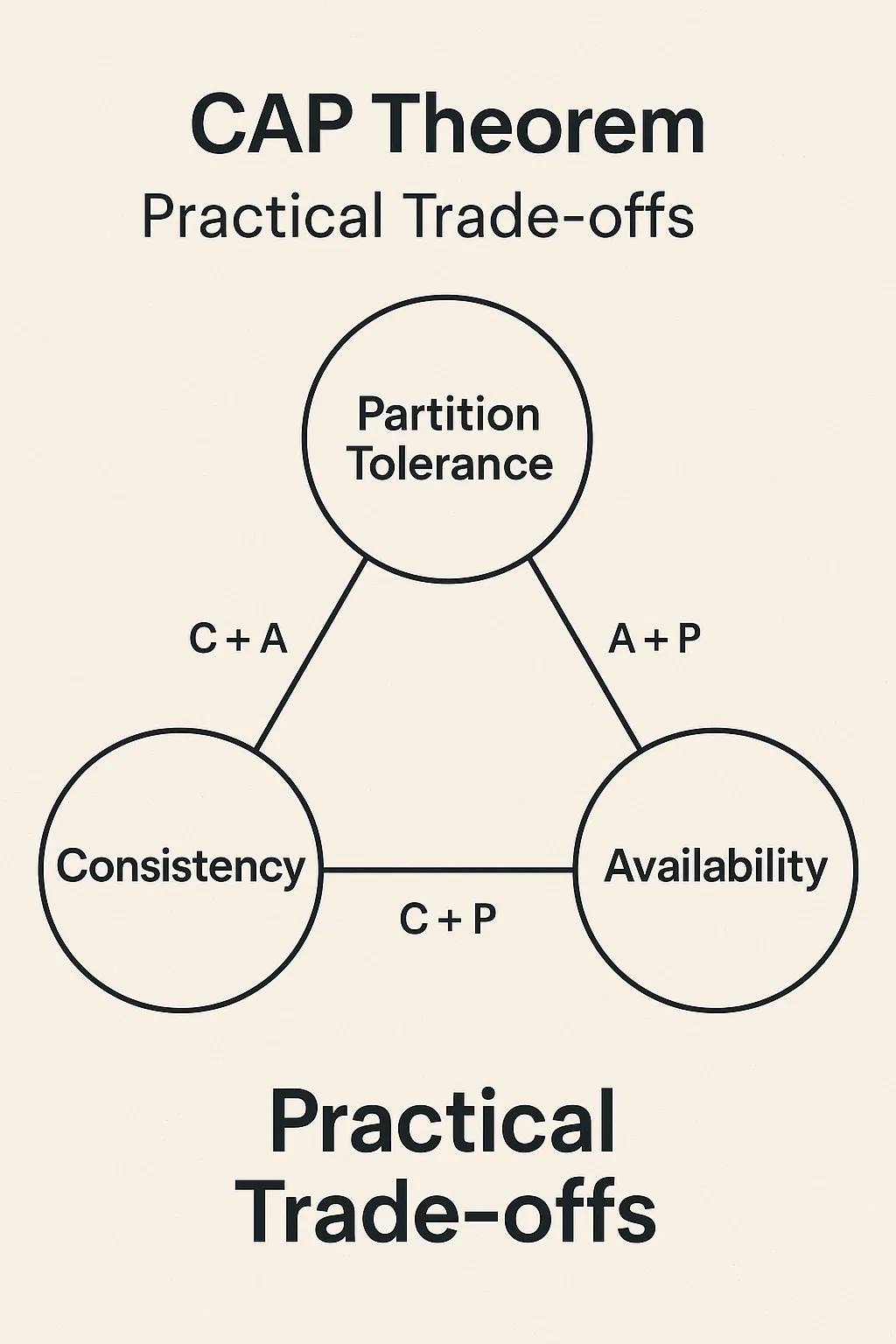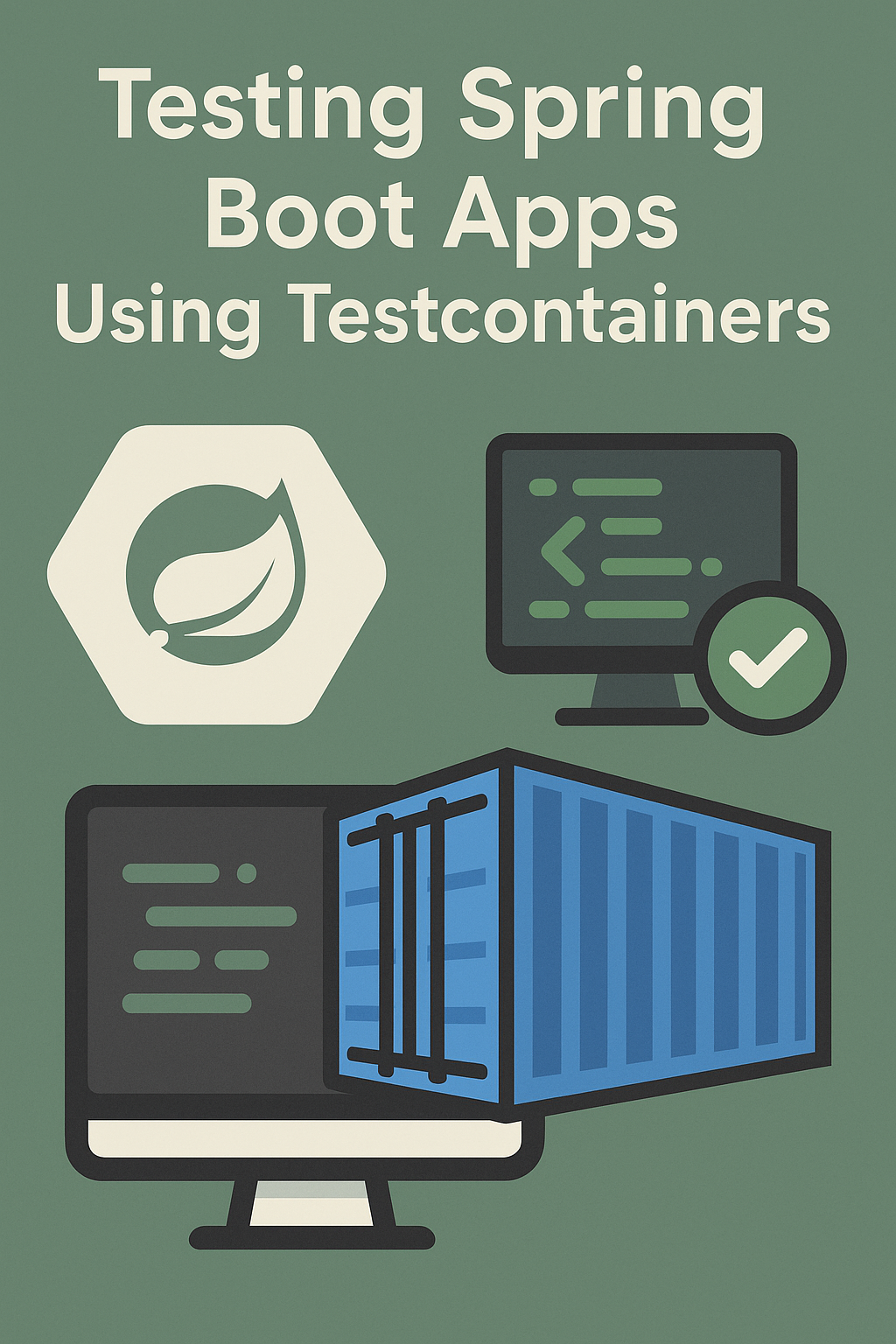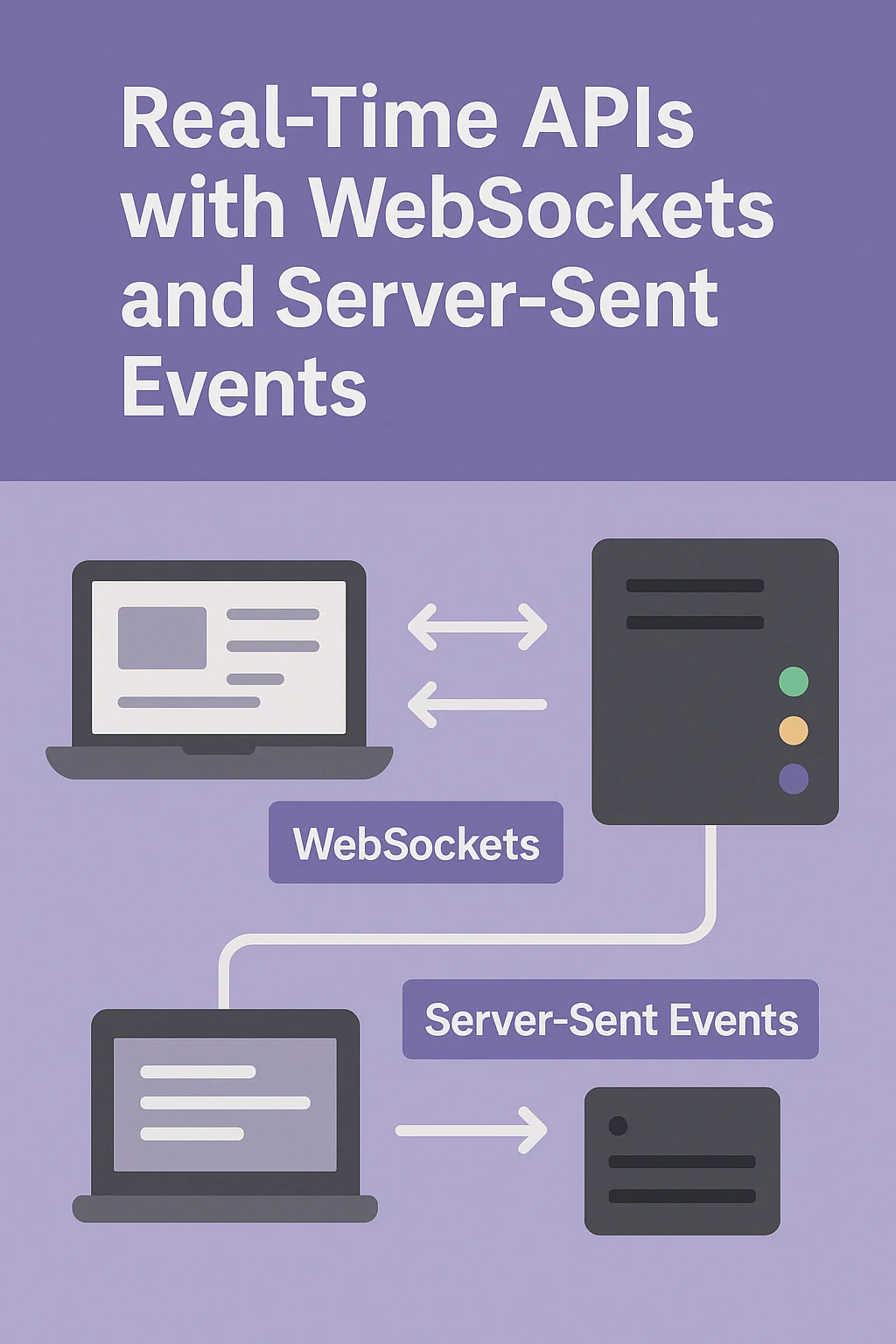
Designing a multi-tenant SaaS app is no small feat. If done right, it sets the foundation for scale, data isolation, security, and maintainability. If done wrong, you’ll end up with spaghetti logic, security flaws, and angry customers. This guide walks you through how to architect a multi-tenant SaaS application the right way—from database schemas to access control.
1. What Is a Multi-Tenant SaaS App?
A multi-tenant SaaS application serves multiple customers (tenants) from a single codebase and infrastructure, with proper data isolation. Each tenant should feel like they have their own app instance, but under the hood, everything is centralized.
2. Types of Multi-Tenant Architectures
There are three major approaches:
- Shared Database, Shared Schema
Easy to manage but harder to enforce data isolation. - Shared Database, Isolated Schema
Good isolation but more operational overhead. - Isolated Database per Tenant
Strongest isolation but harder to scale and manage.
✅ Recommended: For most startups, go with shared database with tenant ID field and strict access control.
3. Key Concepts to Get Right
a. Tenant Identification
Every request must include a tenant identifier—either through headers, tokens, or subdomains (tenant.teachmeidea.com).
b. Data Isolation
Enforce tenant-specific queries at the ORM/repository level. Consider global filters or middleware that automatically apply WHERE tenant_id = ?.
c. Role-Based Access Control (RBAC)
Build your RBAC around:
- Organizations
- Users
- Roles
- Permissions
Use JWT claims or session tokens to persist role and tenant context.
d. Authentication and Authorization
You can choose between:
- Centralized auth with multi-tenant scoping
- Isolated tenant-specific auth providers (more complex)
4. Database Design Tips
- Add
tenant_idto all tenant-scoped tables - Use compound indexes:
(tenant_id, user_id) - Avoid cross-tenant JOINs
- Use
soft deleteto handle tenant-specific deletions cleanly
5. API Design Principles
- Prefix routes by context:
/api/v1/{tenantId}/...or use headers - Validate tenant access for every request
- Structure controllers/services to operate in the context of a tenant
6. Tenant Provisioning
When a new tenant signs up:
- Create org-level entities
- Assign an admin user
- Set default roles/permissions
- Optionally send onboarding emails
Automate this as much as possible.
7. Scaling Multi-Tenant Systems
- Use row-level security if your DB supports it (e.g., PostgreSQL RLS)
- Consider read replicas and partitioning
- Implement rate limits per tenant
- Build metrics dashboards scoped by tenant
8. Common Pitfalls to Avoid
- Mixing tenant and global data logic
- Forgetting to check
tenant_idin queries - Over-engineering before you need to scale
- Hardcoding tenant-specific behavior in code
Conclusion
A well-designed multi-tenant SaaS app enables you to scale fast, onboard customers easily, and keep data secure. Focus on clean separation of concerns, consistent use of tenant context, and automation of tenant lifecycle events.


